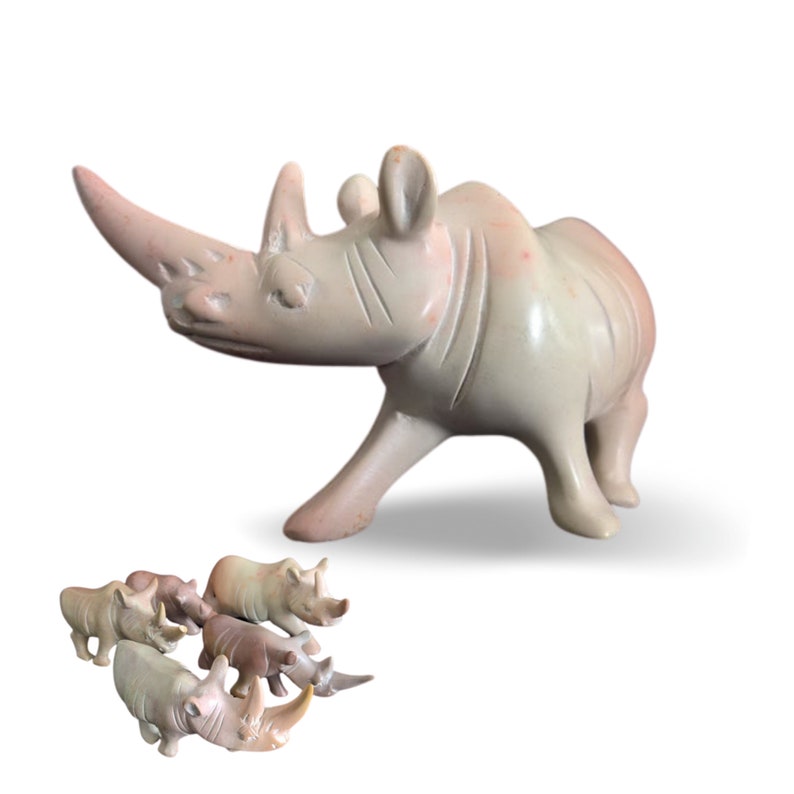
Four main varieties of metal have been found: crude copper lumps in the state in which they left the smelting furnace refined copper, containing trace elements of arsenic and antimony an alloy of copper with 2 to 5 percent of arsenic and bronze with a tin alloy, often of as much as 11 to 13 percent. Bronze is less common than copper, and it is notably rarer in the lower levels. All these could be made by simple casting, chiseling, and hammering. These include flat oblong axes, chisels, knives, spears, arrowheads (of a kind that was evidently exported to neighbouring hunting tribes), small saws, and razors. Probably they functioned as amulets, as well as more-practical devices to identify merchandise.Ĭopper and bronze were the principal metals used for making tools and implements. The seals were certainly more widely diffused than other artistic artifacts and show a much higher level of workmanship. The interpretation of these seals is, however, often highly problematic. A considerable number of the seals contain scenes of obvious mythological or religious significance. The animal frequently stands before a ritual object, variously identified as a standard, a manger, or even an incense burner. The great majority of seals show a humpless “unicorn” or bull in profile, while others show the Indian humped bull, elephant, bison, rhinoceros, or tiger.

The seals were generally cut from steatite (soapstone) and were carved in intaglio or incised with a copper burin (cutting tool). Perhaps the best-known artifacts of the Indus civilization are a number of small seals. Much of the work is executed with boldness and delicacy of feeling, but the restrictions of the art do not leave much scope for creativity. Painted pottery is the only evidence that there was a tradition of painting. There are varieties of terra-cotta animals, carts, and toys-such as monkeys pierced to climb a string and cattle that nod their heads. It has been generally agreed that these figures are largely deities (perhaps a Great Mother and a Great God), but some small figures of mothers with children or of domestic activities are probably toys. The majority are of standing females, often heavily laden with jewelry, but standing males-some with beard and horns-are also present. The popular art of the Harappans was in the form of terra-cotta figurines. They appear to be Indian workmanship rather than imports. The technical excellence of the bronzes suggests a highly developed art, but the number of examples is still small. There is also a small but notable repertoire of cast-bronze figures, including several fragments and complete examples of dancing girls, small chariots, carts, and animals. The finest pieces are of excellent quality. Such figures include seated men, recumbent composite animals, or-in unique instances (from Harappa)-a standing nude male and a dancing figure. The figures are apparently all intended as images for worship. The total repertoire cannot compare to the work done in Mesopotamia during the same periods. Stone sculpture is extremely rare, and much of it is quite crude.

Such finds are important because they provide insights into the minds, lives, and religious beliefs of their creators. SpaceNext50 Britannica presents SpaceNext50, From the race to the Moon to space stewardship, we explore a wide range of subjects that feed our curiosity about space!Įxcavations of Indus cities have produced much evidence of artistic activity.Learn about the major environmental problems facing our planet and what can be done about them! Saving Earth Britannica Presents Earth’s To-Do List for the 21st Century.Britannica Beyond We’ve created a new place where questions are at the center of learning.100 Women Britannica celebrates the centennial of the Nineteenth Amendment, highlighting suffragists and history-making politicians.
#Stone rhinoceros statues how to


 0 kommentar(er)
0 kommentar(er)
